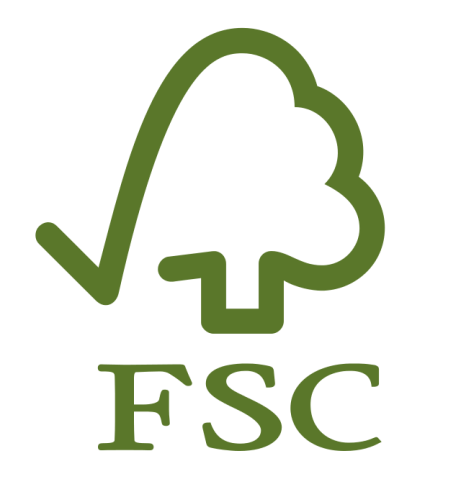FSC Certification
In the past 20 years, human deforestation and poor management of forests have led to widespread forest decline, leading to global scarcity of forest resources, worsening ecological environment, and serious threats to the space on which humans rely for survival. It is generally believed that the root causes of forest problems are policy mistakes, market failure and imperfect institutions. The international community, governments, and non-governmental environmental protection organizations have expressed great concern and taken a series of actions, but the results have not been significant.

The Generation of FSC Certification
Due to the recognition by environmental non-governmental organizations and civil society organizations that some countries have made policy mistakes in improving forest management, the limited effectiveness of international intergovernmental organizations in addressing forest issues, and the inability of forest product trade to prove the type of forest from which their products originate, FSC forest certification, as a market mechanism to promote sustainable forest management, was initiated and gradually developed in the early 1990s. However, traditional methods for promoting sustainable forest management mostly overlook the commercial sector, and people are gradually realizing that relying on markets and relying on trade and international markets to operate can also promote environmental protection.
At the same time, in order to supervise the independence and openness of certification, the Forest Stewardship Council (FSC) was established by non-governmental conservation organizations in 1993. In 1994, the FSC passed the principles and standards and began authorizing certification agencies to conduct FSC forest certification based on these principles and standards. Some countries and regions have also started their own certification process. Since then, FSC forest certification has gradually been carried out worldwide.

Certification standards
Standards are the foundation of certification, and certification is the process of evaluating standards. There are two standards for FSC forest certification:
(1) Performance standards. It sets qualitative and quantitative goals or indicators for forest management status and measures to meet certification requirements, such as FSC principles and standards. But it has certain limitations, that is, it is impossible to develop detailed standards applicable to global forests, and regional or local standards must be developed within the framework of general international standards. There are certain differences in performance standards among different regions, but they have compatibility and equality.
(2) The process standard, also known as the environmental management system standard, specifies the nature of the management system, which utilizes a document management system to implement environmental policies. Except for environmental indicators stipulated by law, this standard does not impose minimum requirements on the performance level of enterprises. Forest management units applying for certification must continuously improve their environmental management system, assume policy obligations, conduct environmental impact assessments in accordance with their own goals and indicators, and address all identified environmental issues.
Benefit
The benefits of FSC forest certification are mainly reflected in three aspects: environmental benefits, social benefits, and economic benefits.
Environmental Benefit
(1) Protect biodiversity and its value, water resources, soil, unique and fragile ecosystem and natural landscape
(2) Maintaining the ecological function and integrity of forests, promoting sustainable forest management
(3) Protecting endangered species and their habitats
Social Results
Ensure that the rights of all stakeholders are respected and realized
Economic Performance
(1) Ensure long-term supply of wood
(2) Improving forest productivity
(3) Stable forest management rights
(4) Strengthen basic management and environmental management of enterprises
(5) Maintain or increase market share
(6) Produce differentiated products
(7) Product premium
(8) Improve relationships with various stakeholders
(9) Strengthen communication with managers and prioritize forest management
(10) Enhance employee morale and abilities to attract talent
(11) Enhance the competitiveness and reputation of enterprise products in the international market
(12) Obtain more financial and technical support







